An Irish Rebellion in Australia
Have you heard the story of this Irish Rebellion in Australia? In this letter from Ireland, we follow the path of many Irish immigrants to Australia, a new frontier filled with opportunity. For the recent arrivals, this relatively new country also needed some structuring to help it develop into the great democracy it is today.
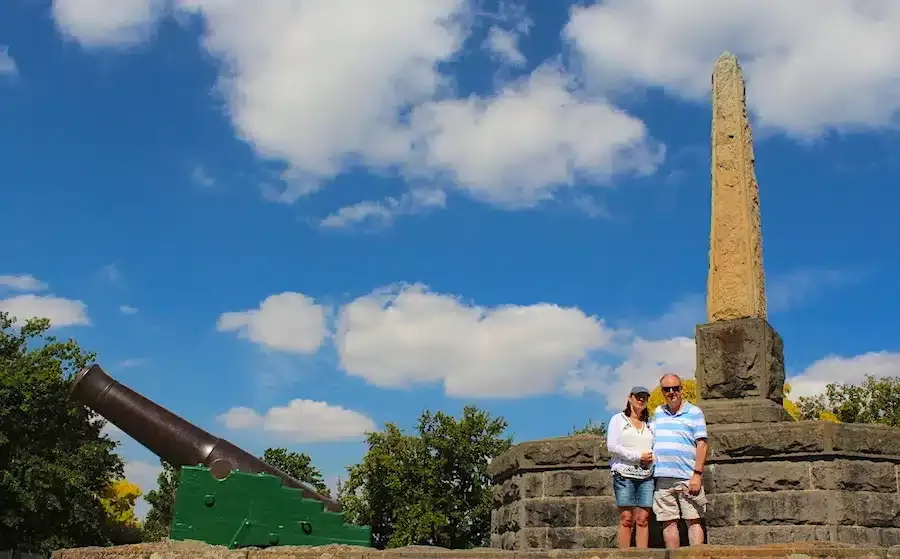
We’re just back from our trip to Australia – following the Irish Ancestry Trail in that part of the world. And what it trip it has been! We were delighted with the welcome and the stories – and had plenty opportunity to take lots of photos and videos.
We look forward to sharing many of these with you over the coming weeks and months. Shortly after we arrived back in Ireland, I received the following note from one of our readers:
“Hi Mike and Carina,
I love reading your letter every week and enjoy the stories. I hope you visited Ballarat to see all about the “Eureka Stockade”. Incidentally, my Great-Great Grandfather was John Phelan who fought along with the other miners against the English administration for the rights of the goldminers. His best friend was Peter Lalor – the Leader of the rebellion. John Phelan (my grandma told me) helped hide Peter Lalor to avoid capture when in great danger from the redcoats. He was also one of the famous “13” that were arrested after the Eureka showdown, though was aquitted with the other 12.”
Patrice Smith, Bonner, Australian Capital Territory.
Thanks very much for sharing that Patrice. It is a privilege indeed to have an ancestor so connected with a pivotal moment in Australian history. Now, let’s join a few dots between your Irish ancestor, John Phelan, Peter Lalor, the Australian Gold Rush and families from the midlands of Ireland.
From the Midlands of Ireland.
If we go back a thousand years, or more, Ireland was divided into a number of small “kingdoms” – known as “Tuatha” (pronounced “too-ha”). These lands were named after the dominant Gaelic tribe in the area which in turn, was made up of a number of dominant families. One such tribe was called the Ui Loighis (pronounced “the ee-leesh”). They held lands in the middle of Ireland and were dominated by six main families. They were the Moore, Lalor, McEvoy, Kelly/Kealy, Devany, Devoy and Dowling families – and were known as the “seven septs of Loighis”.
Their lands bordered the English Pale to the east – and the tribes of Loighis were considered a thorn in the side of the growing number of English settlers who inhabited that area. As a result, their tribal lands were one of the first areas in Ireland to be “planted” with English families with the creation of “Queen’s County” in 1556 – covering the tribal lands of the Ui Loighis. However, the plantation was only partially successful and the families of the “seven septs” mostly stayed in the county, dominating the population of the area down through the centuries to the present day.
Peter Lalor (pronounced “Law-lor”) was born into one of these “seven septs” in 1827 to Patrick Lalor and Anne Dillon. One of his friends in the area as a young man was John Phelan.
In 1852, Peter – a Civil Engineer by that time – and his brother Richard decided to go to Australia where they first worked on the construction of a railway line into Melbourne, but like many young men they were drawn to the riches of the new Gold Mines of Victoria.
The Goldfields of Australia.
For the first half of the 19th century, Australia was colonised with a mixture of Convicts and Free Settlers. This led to the “European” population growing to 430,000 by 1851, but there was room for many more settlers to clear and farm the land as well as lay down the necessary infrastructure of a modern nation. However, a massive immigration incentive came into play with the discovery of the first Gold fields in the area of Victoria – starting the first Australian Gold Rushes in 1852. By 1872, the population of Australia had grown from 430,000 to 1.7 million.
The discovery of these extensive Gold Fields in Victoria not only drew this rapid influx of immigrants from all over the world, but also turned Australia and the city of Melbourne into the richest country and city in the world respectively over a short number of years. By 1853, Peter Lalor and John Phelan were working at the Eureka field, just outside the town of Ballarat north-west of the City of Melbourne.
By 1854, the British administration saw an opportunity to raise more taxes through the activities of these immigrant “Gold Diggers” and imposed expensive licences which all diggers had to hold.
The diggers organised in opposition to these licences and Peter Lalor was appointed to the committee. They organised a mass meeting in November 1854 to not only abolish the digger licences, but to also demand a series of worker and human rights.
On 29 November a meeting of about 12,000 men in Ballarat was addressed by Peter Lalor. An “insurgent flag ” was raised and licences burnt as they dug into what became known as the “Eureka stockade”.
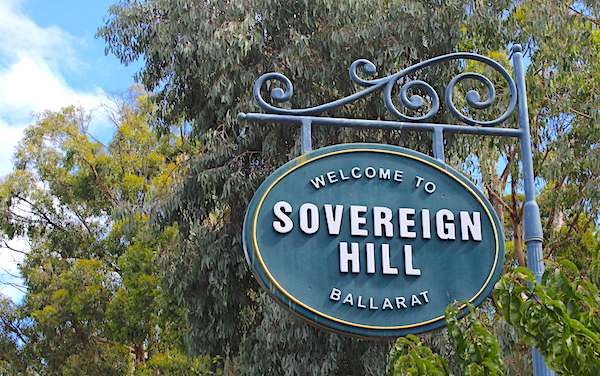
As a result of the Eureka uprising a number of the miners’ complaints were resolved and there was a general amnesty for the diggers arrested before and during the rising.
The American writer, Mark Twain, later wrote:
“I think (the Eureka Rebellion) it may be called the finest thing in Australian history. It was a revolution—small in size; but great politically; it was a strike for liberty, a struggle for principle, a stand against injustice and oppression. … It is another instance of a victory won by a lost battle. It adds an honorable page to history; the people know it and are proud of it. They keep green the memory of the men who fell at the Eureka stockade, and Peter Lalor has his monument.”
This incident at the Eureka Stockade in Ballarat – led by Peter Lalor and friends such as John Phelan – is often cited as the time and place where Australian democracy was born.
Carina and myself travelled to Ballarat to visit the memorial last week. We were in the company of one of our Green Room members, Des Dineen – and Carina asked Des to talk about the monument and what it signified to him:
How about you? Did any of your Irish ancestors work on the goldfields of Australia? Or, maybe you have some of those “Loighis” Surnames in your Irish family tree? Do leave your comments below and let us know.
That’s it for this week. Many thanks to Patrice for sharing that connection with an ancestor who was present at such a significant time in Australian history. If you would like to share your ancestral story or the surnames in your family tree – do feel free to comment below and connect.
We do look forward to you joining us again next week.
Slán for now, Mike & Carina.

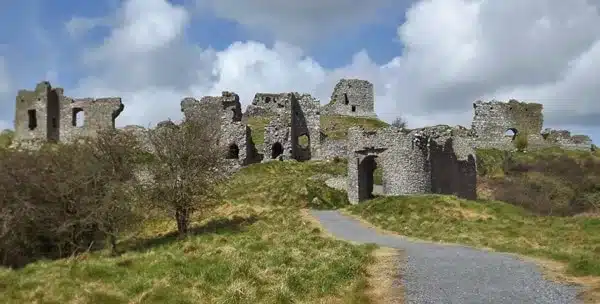
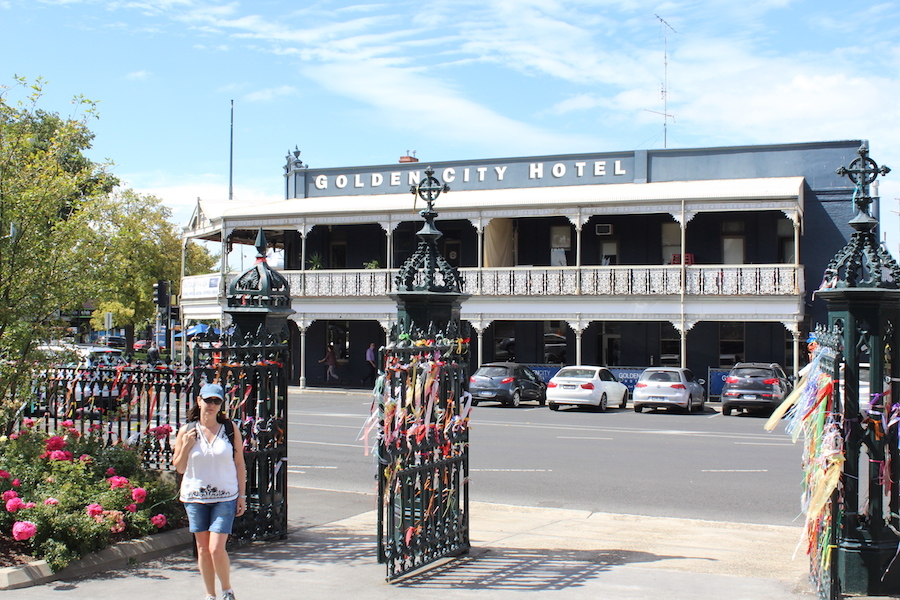
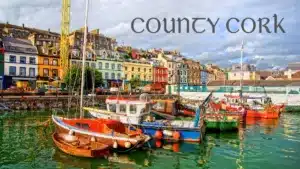
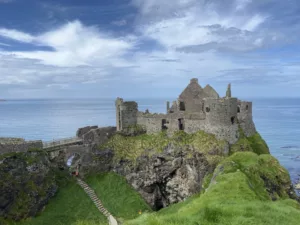
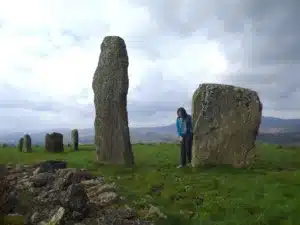
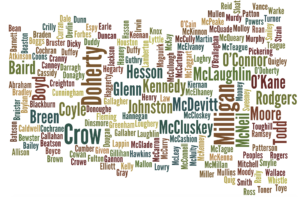
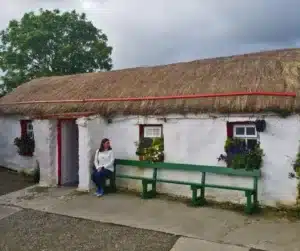
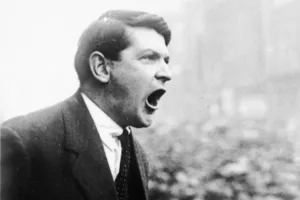
Only Plus Members can comment - Join Now
If you already have an account sign in here.